Key Takeaways
- Fleas feed on pets, humans, and organic matter indoors.
- Vacuuming and diatomaceous earth help treat infestations.
- Prevent fleas by treating pets and keeping home and yard clean.
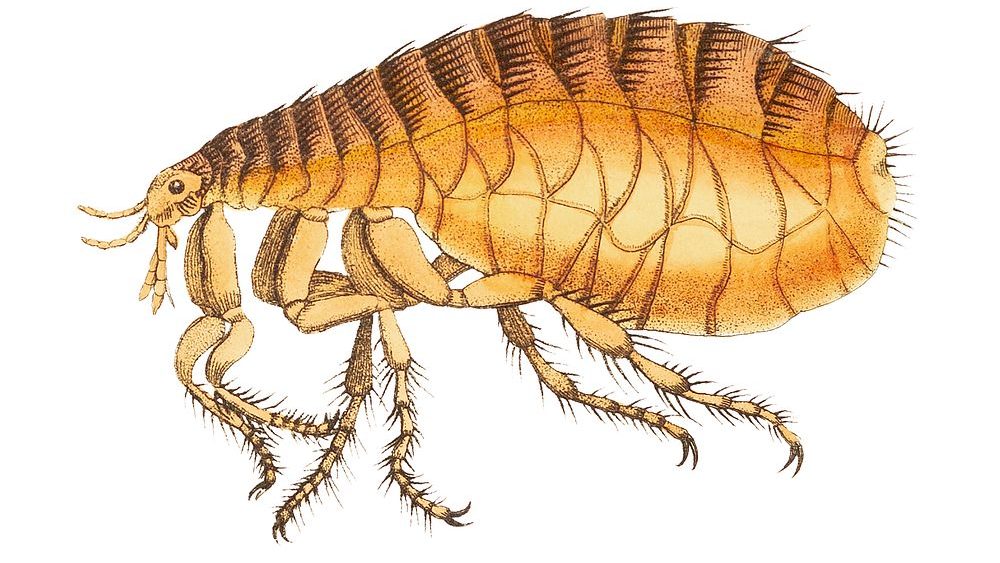 Fleas can be a troublesome pest for both pets and humans. Their rapid rate of reproduction and survival in a variety of environments makes them one of the most persistent household pests. If you’ve noticed itchy bites on your skin or seen your pet scratching excessively, it’s time to take action.
In this guide, we will cover how to identify fleas, eliminate them from your home, fleas treatment, and also prevent future infestations.
Fleas can be a troublesome pest for both pets and humans. Their rapid rate of reproduction and survival in a variety of environments makes them one of the most persistent household pests. If you’ve noticed itchy bites on your skin or seen your pet scratching excessively, it’s time to take action.
In this guide, we will cover how to identify fleas, eliminate them from your home, fleas treatment, and also prevent future infestations.
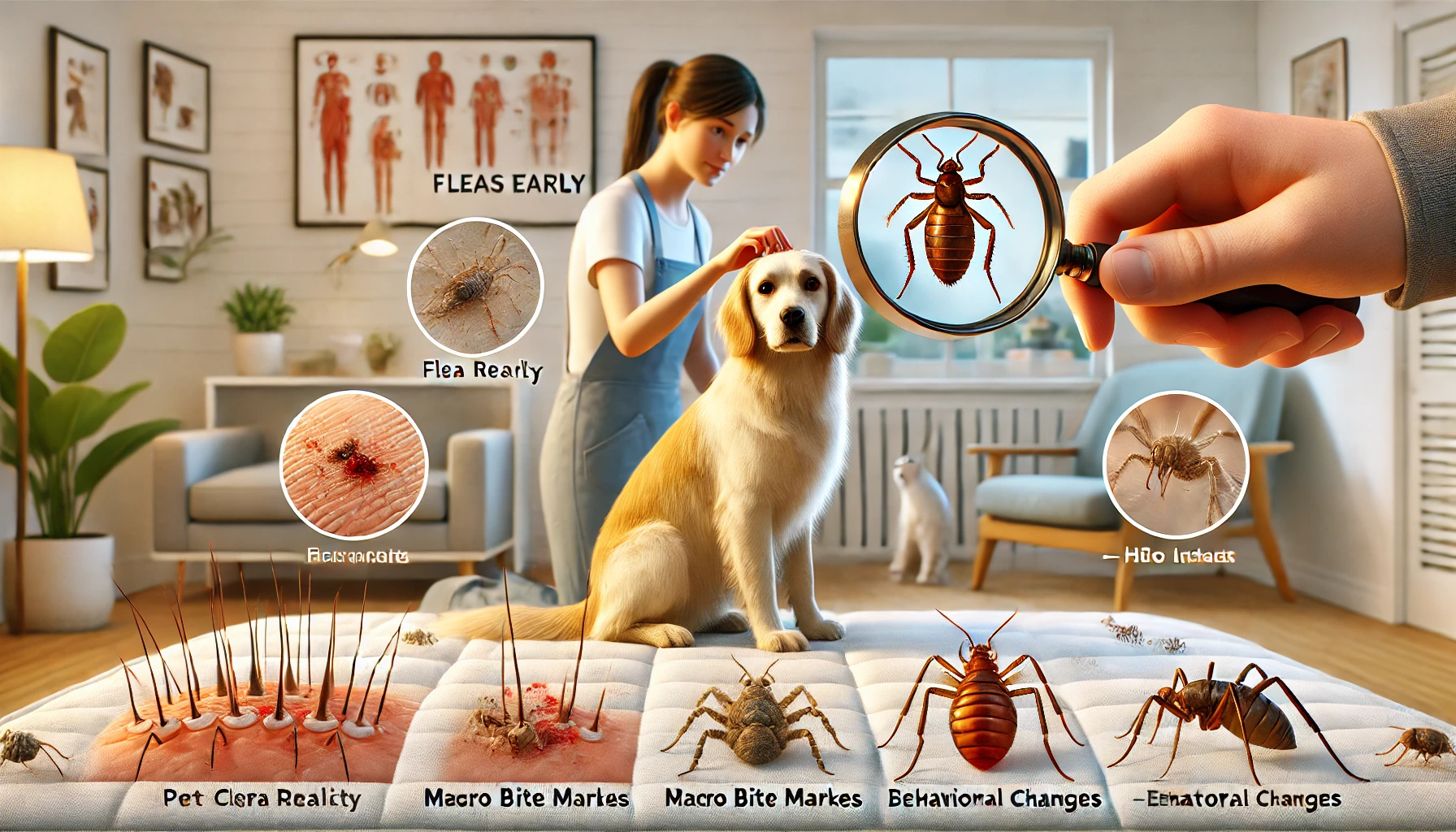

Not getting a solution?
Get your free pest control estimate today!Signs of Flea Infestation in Your Home
Early detection of fleas is essential to avoid a full-blown infestation. Fleas can quickly multiply, so recognizing the signs can save you time, effort, and money. Here’s what to look for: Bites on Skin The most indicative symptom of an infestation is flea bites. Such bites are usually small in size, red, itchy bumps, often found clustered around the ankles, feet, and lower legs. Being woken up by them on exposed parts of the body may indicate that fleas are in your bed or their immediate surroundings. Flea Dirt Flea dirt has very dark specks that look like ground pepper. You’ll find it on your dog’s bed, carpets and furniture. Take some of them and place them on a damp paper towel; if they bleed red, that is positive evidence for flea droppings-partly digested blood. Visible Fleas Adult fleas are small, approximately 1/8 inch long, reddish-brown, and can jump long distances. If you see tiny insects jumping off your carpet, couch, or pet, you probably have fleas in your home. Visit our Species, Fleas Control, and DIY Guide sections for additional resources on fleas and ways to tackle a flea infestation.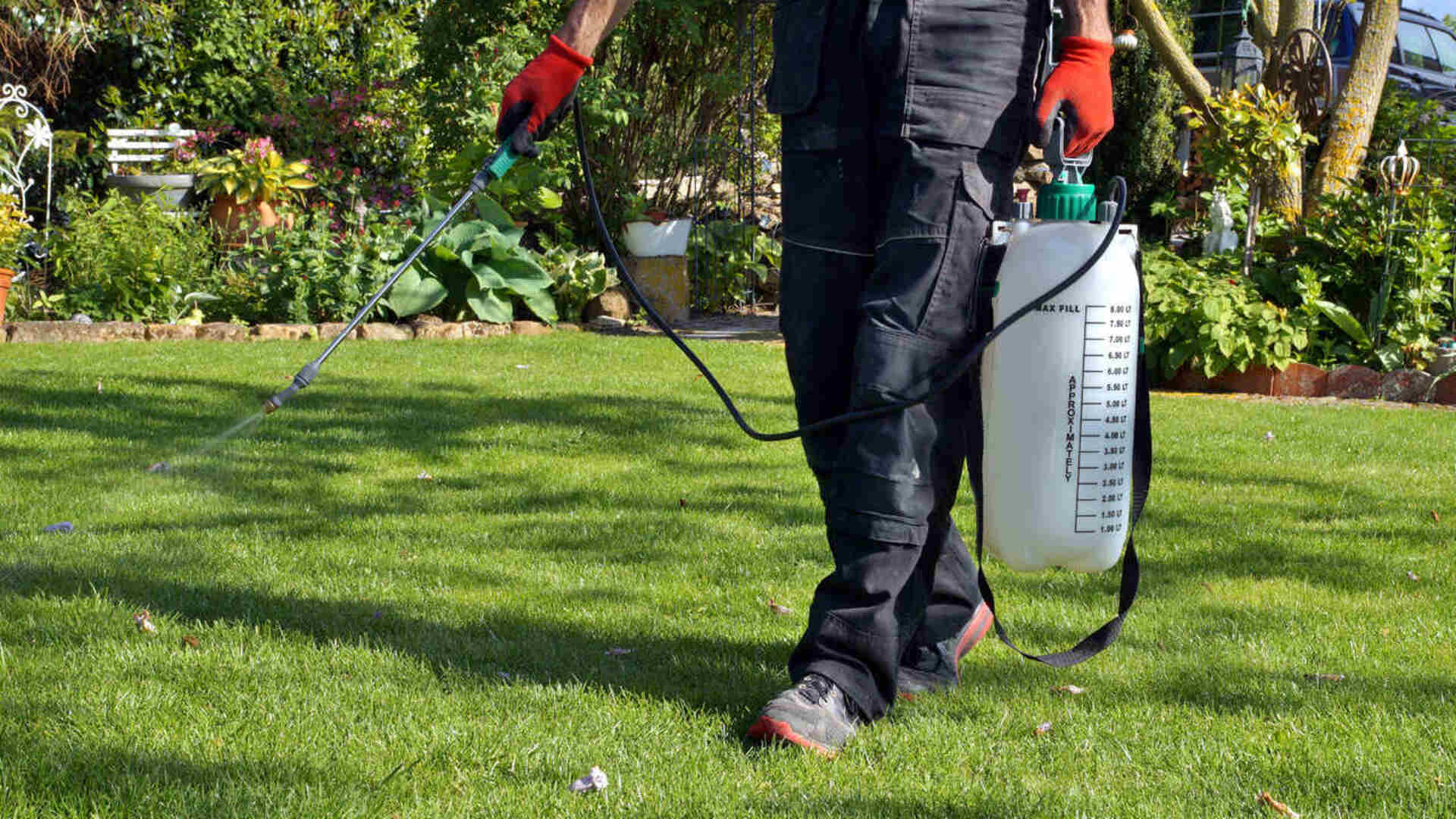
How to Get Rid of Fleas?
Fleas love to hide in soft fabrics and fibers, making your carpet, couch, and bed prime hiding spots. Here’s how to tackle fleas in these areas: How to Get Fleas Out of Carpet Carpets are prime flea breeding grounds due to their fibers and hidden crevices. Start by vacuuming daily, focusing on pet areas, baseboards, and under furniture. Use a vacuum to capture fleas, eggs, and larvae. Steam clean carpets and rugs regularly, as the heat kills fleas at all life stages, including pupae. For added protection, sprinkle diatomaceous earth (DE) on carpets, leave it for 24-48 hours, and then vacuum to remove dead fleas and larvae. How to Get Fleas Out of Couches and Beds
Fleas often hide in soft furnishings like couches, mattresses, and bedding. Wash cushions, pillow covers, and bedding in hot water to kill fleas, eggs, and larvae. Vacuum crevices, seams, and folds of couches and mattresses, as fleas tend to hide in small gaps.
To target stubborn fleas, apply diatomaceous earth to cracks and crevices or use a furniture-safe flea spray, following safety instructions to avoid health risks.
How to Get Fleas Out of Couches and Beds
Fleas often hide in soft furnishings like couches, mattresses, and bedding. Wash cushions, pillow covers, and bedding in hot water to kill fleas, eggs, and larvae. Vacuum crevices, seams, and folds of couches and mattresses, as fleas tend to hide in small gaps.
To target stubborn fleas, apply diatomaceous earth to cracks and crevices or use a furniture-safe flea spray, following safety instructions to avoid health risks.

How to Use Diatomaceous Earth for Fleas in the House
- Diatomaceous earth (DE) is a natural, toxin-free powder that dehydrates fleas, causing them to die. It’s an effective solution for fleas in carpets, furniture, and pet bedding.
-
Step 1: Use Food-Grade DE: Choose only food-grade diatomaceous earth, which is safe for humans and pets. Avoid pool-grade DE, as it can be hazardous when inhaled.
-
Step 2: Apply to Problem Areas: Sprinkle DE along carpets, baseboards, furniture bases, and pet bedding. Use a brush or broom to spread it evenly.
-
Step 3: Leave It to Work: Allow the DE to sit for 24–48 hours. It will dehydrate and kill fleas, their larvae, and eggs.
-
Step 4: Sweep Well: Sweep up dead fleas and leftover DE. Discard used broom or disinfect with alcohol if necessary.
How to Use Diatomaceous Earth for Fleas on Pets?
Diatomaceous earth (DE) is a natural, chemical-free way to protect your pets from fleas. It works by dehydrating and killing fleas on contact. Unlike traditional flea treatments, DE is safe for most pets when used properly. Follow these simple steps to use DE on your furry friend: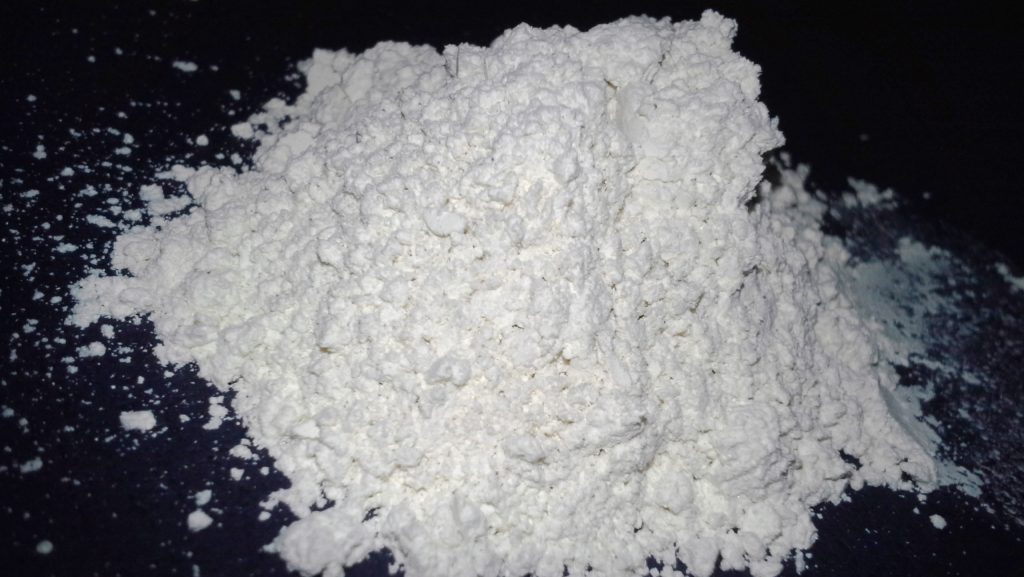 Step 1: Lightly Dust Your Pet’s Fur
Apply a small amount of DE to your pet’s fur. Avoid the face, eyes, nose, and mouth.
Step 2: Brush It In
Use a pet brush to distribute the DE evenly through your pet’s fur. Focus on areas where fleas commonly hide, such as the neck, belly, and tail.
Step 3: Monitor Your Pet’s Reaction
Observe for signs of irritation or sensitivity. If your pet seems uncomfortable, wash off the DE with pet shampoo.
Step 4: Reapply Weekly
Repeat weekly if needed, especially during flea season. DE provides continuous protection when applied properly.
Step 1: Lightly Dust Your Pet’s Fur
Apply a small amount of DE to your pet’s fur. Avoid the face, eyes, nose, and mouth.
Step 2: Brush It In
Use a pet brush to distribute the DE evenly through your pet’s fur. Focus on areas where fleas commonly hide, such as the neck, belly, and tail.
Step 3: Monitor Your Pet’s Reaction
Observe for signs of irritation or sensitivity. If your pet seems uncomfortable, wash off the DE with pet shampoo.
Step 4: Reapply Weekly
Repeat weekly if needed, especially during flea season. DE provides continuous protection when applied properly.
How to Stop Fleas from Biting You While You Sleep?
To prevent flea bites while you sleep, wash your bedding weekly in warm water and use an allergen-proof mattress cover to block fleas from nesting. Apply natural flea repellents like lavender, eucalyptus, or peppermint near your bed or use a diffuser to repel fleas. Do not allow pets to climb on your bed and wash their bedding weekly to prevent fleas from spreading to your sleeping area. These steps can help you sleep bite-free and avoid a full-blown infestation.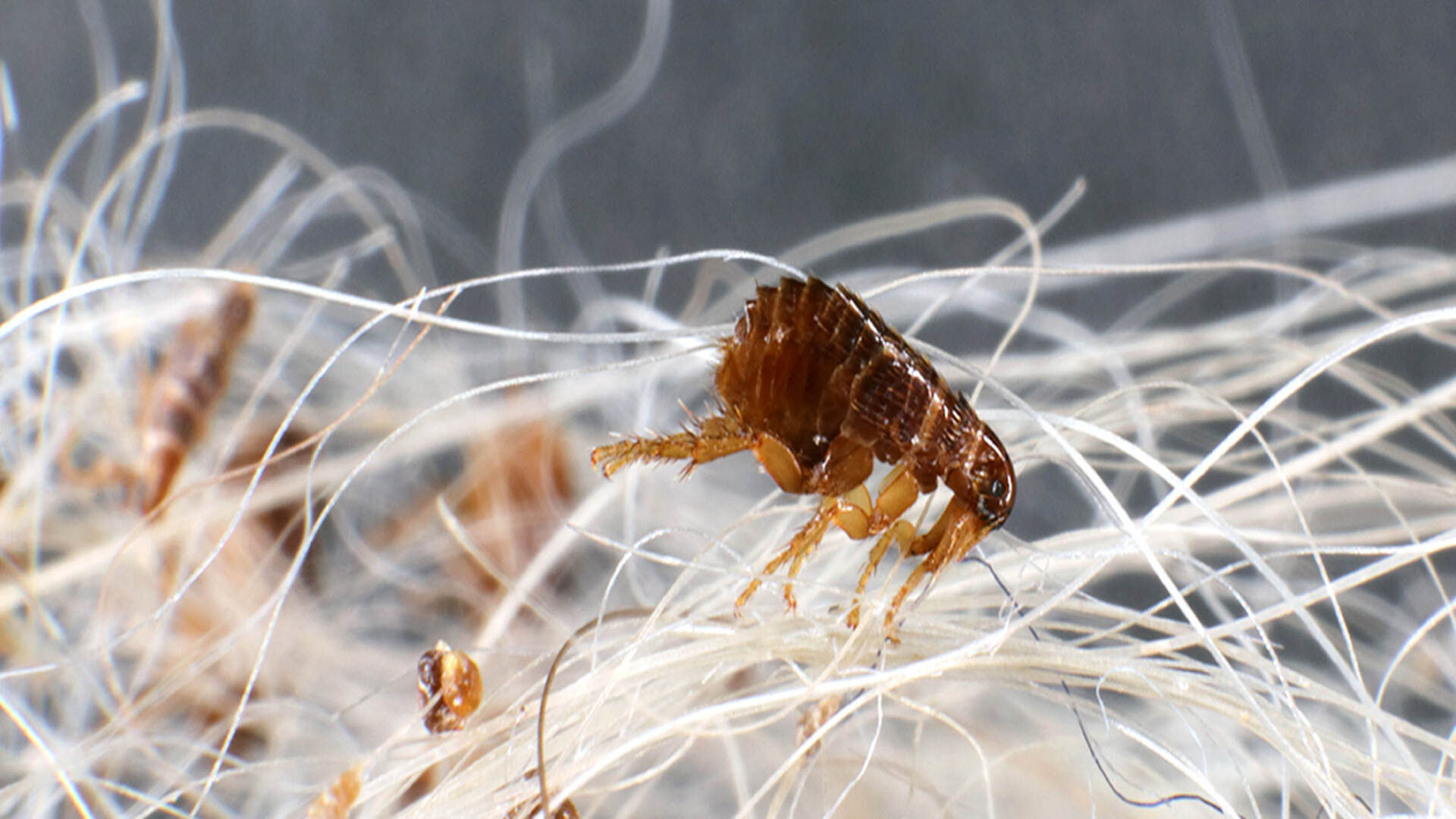
How to Prevent Fleas in the House?
Preventing fleas is far easier than dealing with a full-blown infestation. By taking proactive steps, you can keep your home flea-free and protect your pets and family. Here’s how to do it:Flea Prevention Tips
-
Vacuum carpets, rugs, and furniture often to remove flea eggs, larvae, and adult fleas.
-
Wash pet bedding, blankets, and cushions weekly in warm water to kill fleas at all life stages.
-
Block cracks and gaps in walls, doors, and windows to block flea entry points.
-
Spray flea repellents around doorways, windows, and entry points to prevent fleas from entering.
-
Use flea preventatives like collars, oral medications, or spot-on treatments for your pets.
-
Groom pets regularly with a flea comb to remove fleas and flea dirt before they spread.
Myths and Facts about Fleas
Flea infestations are often misunderstood due to common myths. Knowing the facts can help you take the right actions to prevent and control fleas in your home. Here are some popular flea myths and the truth behind them:| Myth | Fact |
|---|---|
| Fleas only infest dirty homes. | Fleas can infest any home, clean or dirty, as long as they have a host to feed on. |
| Flea bites only affect pets. | Flea bites can cause pain and allergic reactions in both pets and humans. |
| Fleas can fly. | Fleas cannot fly; they jump long distances using their powerful hind legs. |
| Fleas die off in winter. | Fleas can survive indoors during winter by infesting warm areas and staying on hosts. |
| Home remedies are always effective against fleas. | Professional pest control is often necessary for severe infestations. |





